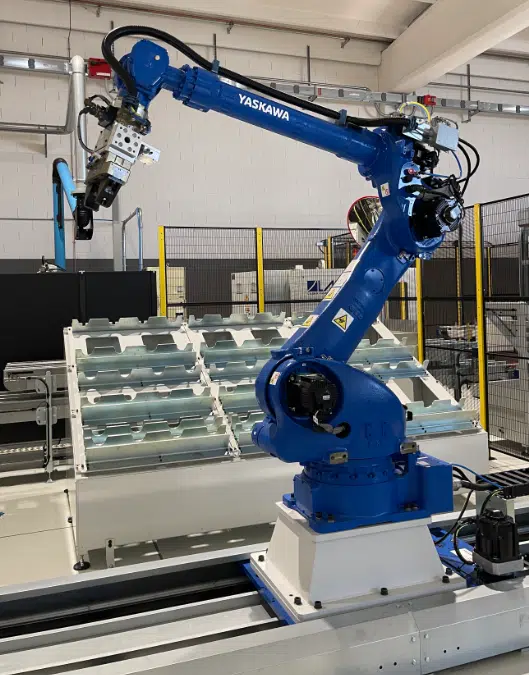Last edit: 11/05/2025

ISO 10218-1 was recently published: February 2025 and it replaces the 2011 edition.
It is a type C technical standard, which only covers industrial robots. However, the safety principles established by this standard can be used for other types of robots.
With the strong development of the sector, the working group is now ISO/TC 299, Robotics.
The purpose of the standard is to specify requirements, safe design guidelines, protective measures and information for the use of robots in an industrial environment. It also describes the basic hazards associated with robots and provides requirements to eliminate or adequately reduce the risks associated with these hazards.
The main changes compared with 2011 edition are the following:
- additional requirements for design;
- mode requirements;
- clarifying requirements for functional safety;
- robot classification (Class I and Class II) for functional safety requirements;
- test methodology to determine the maximum force per manipulator for Class I robots;
- adding requirements for cybersecurity to the extent that it applies to industrial robot safety;
- incorporating safety requirements for industrial robots intended for use in collaborative applications (formerly, the content of ISO/TS 15066).
In the following paragraphs, we will see how the standard deals with the most crucial aspects of robot safety, namely the performance of the safety-related control system, the stop function, speed control and limiting the robot handling space.